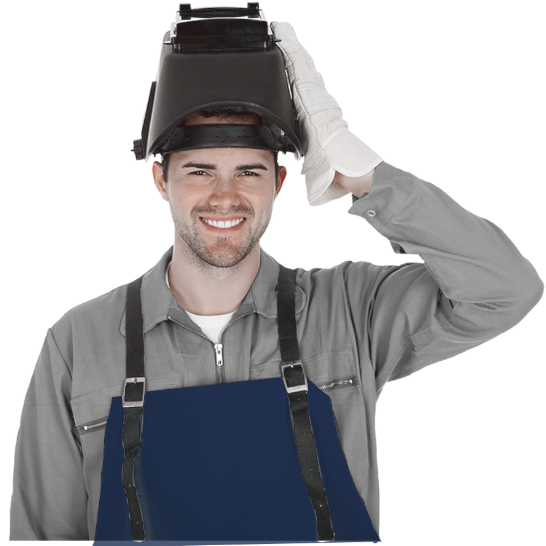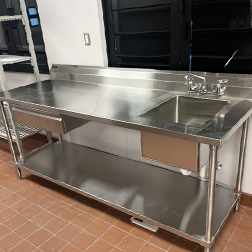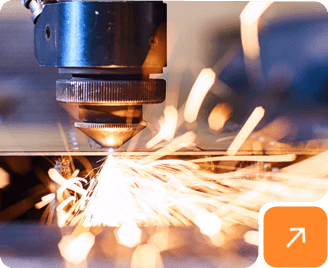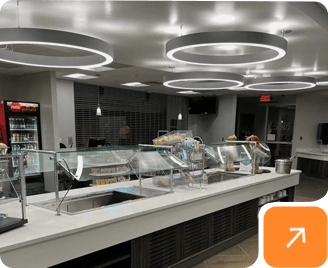We use cookies to help improve our services, make personal offers, and enhance your experience. If you do not accept optional cookies below, your experience may be affected. If you want to know more, please read the Learn more.
The Benefits of Ventless Hoods with Triple Filtration: Grease, Condensation, and Odor Control | HoodMart

The Benefits of Ventless Hoods with Triple Filtration
Ventless hoods are revolutionizing commercial kitchen ventilation. These systems are essential for establishments where traditional ductwork is not feasible. At HoodMart, we offer advanced ventless hoods with a triple filtration system that ensures optimal air quality by efficiently removing grease, condensation, and odors. Understanding the benefits and maintenance of these hoods can help you make the best choice for your kitchen.
Where to Use Ventless Hoods - and How They Work
Ventless hoods are ideal for various kitchen setups, including those where traditional ductwork is impractical. Here’s how these systems can benefit different types of kitchens:
- Small Restaurants: In smaller kitchens, space is at a premium. Ventless hoods save space and provide excellent ventilation without requiring major renovations.
- Pizza Ovens: For establishments with pizza ovens, ventless hoods help manage the high levels of grease and smoke produced, keeping the kitchen environment clean and safe.
- Standard Commercial Kitchens: Even in larger kitchens, ventless hoods can be a valuable addition, especially in areas where adding ductwork is not possible or practical.
- Non-Traditional Kitchen Environments: Sporting venues, recreational facilities, correctional institutions, and other, stationary cooking environments, such as concession stands, weren't all constructed with kitchen ventilation in mind. Ventless hoods provide an easy-to-use and install solution.
The effectiveness of ventless hoods lies in their sophisticated triple filtration system. This system ensures that air quality is maintained by effectively capturing and eliminating grease, smoke, and odors. Here’s a closer look at each stage of filtration:
Stage 1: Baffle Filter
The baffle filter is the first line of defense in the ventless hood system. This filter is designed to capture large grease particles from cooking vapors. As vapors pass through the hood, the baffle filter traps these particles, preventing them from moving further into the system. This not only enhances fire safety by reducing the risk of grease fires but also prolongs the lifespan of subsequent filters by minimizing grease buildup.
Stage 2: Aluminum Mesh Filter
After the baffle filter, the aluminum mesh filter steps in as the second stage. This filter captures finer particles and condensation that the baffle filter might have missed. By reducing moisture and smaller grease particles, the aluminum mesh filter helps prevent mold growth and maintains a dry, safe cooking environment. This stage is crucial for extending the life of the final filter, ensuring it can effectively absorb odors and finer particulates.
Stage 3: Activated Carbon Filter
The final stage of filtration involves the activated carbon filter. This filter is critical for odor control and air purification. Activated carbon is treated to increase its internal surface area, allowing it to absorb a significant amount of grease and odors. As air passes through this filter, it traps and neutralizes unpleasant cooking odors, ensuring that your kitchen remains fresh and free of harmful airborne contaminants. The activated carbon filter needs to be replaced regularly as it becomes saturated with grease, which serves as a visual indicator for maintenance.
Maintenance Tips for Ventless Hoods
Proper maintenance of your ventless hood is crucial for ensuring its continued efficiency and effectiveness. Regular cleaning is essential, starting with the baffle filter. Clean the baffle filter regularly to prevent grease buildup by soaking it in warm, soapy water and scrubbing it with a brush. Ensure it is completely dry before reinstalling. Similarly, the aluminum mesh filter should be cleaned regularly by soaking it in soapy water, scrubbing it clean, rinsing it thoroughly, and drying it before placing it back in the hood.
Replacing the carbon filter is also pivotal for maintaining air quality. Over time, the activated carbon filter becomes saturated with grease and odors. You can determine when to replace it through visual inspection, as the carbon filter will swell and darken as it absorbs grease. If you notice significant swelling or discoloration, it's time to replace the filter. Additionally, if cooking odors persist despite regular maintenance, the carbon filter may be saturated and need replacement. Follow the manufacturer's recommended replacement schedule, typically every 4-6 months, depending on cooking volume and type, to ensure optimal performance.
Partner with HoodMart
Choosing HoodMart for your ventless hood needs means partnering with a company dedicated to excellence in commercial kitchen ventilation solutions. Our ventless hoods are designed to meet the highest standards of safety and efficiency, making them an ideal choice for a wide range of kitchen environments. We provide comprehensive support, ensuring you have access to the latest product information, training, and customer service.
By working with HoodMart, you can confidently equip your kitchen with top-of-the-line ventilation solutions that combine innovative technology with practical benefits. Our ventless hoods offer a flexible, efficient alternative to traditional systems, enabling you to meet your kitchen’s needs even in challenging installation scenarios. Trust HoodMart to provide the tools and support you need to maintain a safe, efficient, and pleasant kitchen environment.
Ready to enhance your kitchen’s ventilation with a top-quality ventless hood system? Contact HoodMart today to learn more about our products and services.






 CUSTOM FABRICATOR
CUSTOM FABRICATOR













































